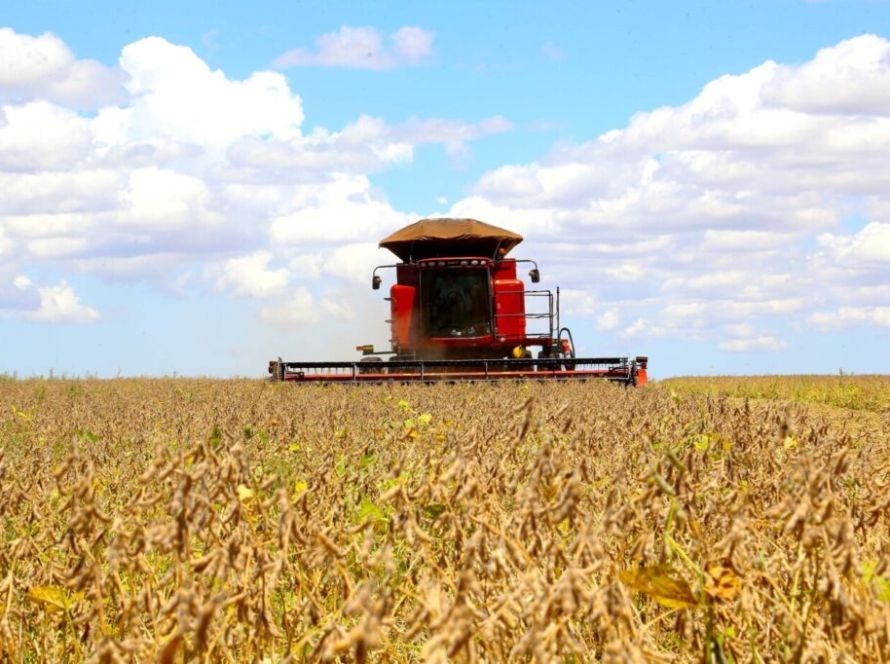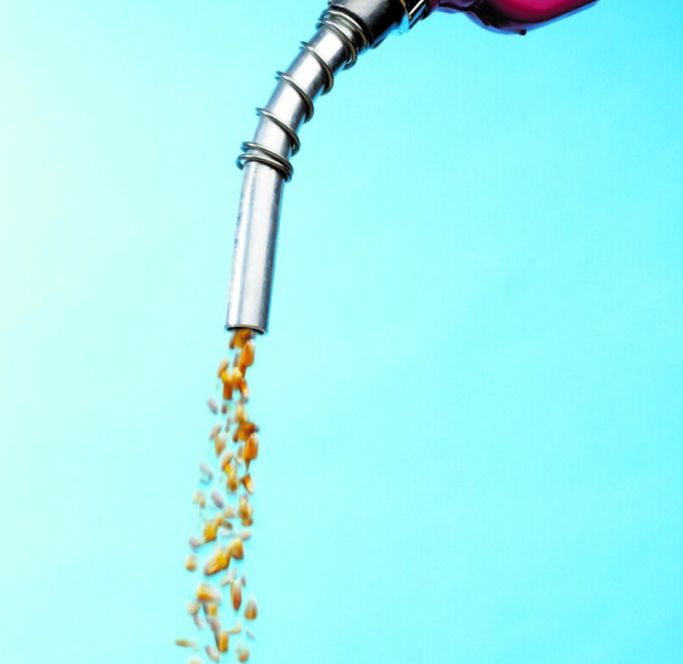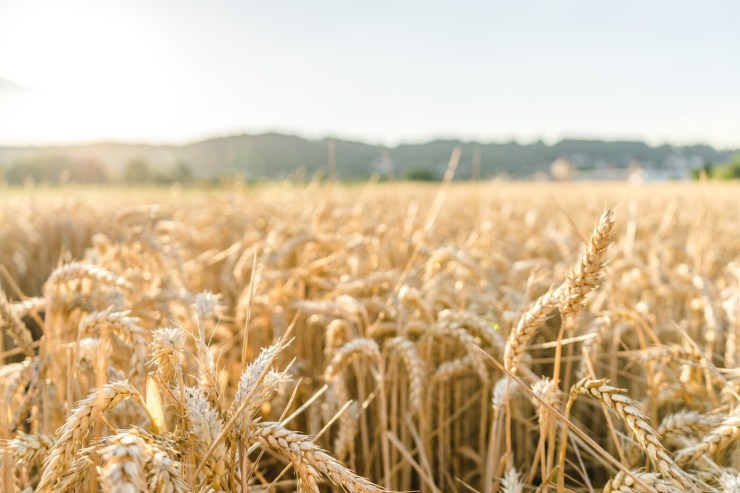The months leading up to the 2025/26 harvest have been marked by strong upward pressure on fertilizer costs in Brazil. According to the weekly fertilizer report from StoneX, a global financial services company, between January and mid-August, urea prices at Brazilian ports rose approximately 33%. In the same period, MAP (a widely used phosphate in the country) rose 19%, while potassium chloride rose 20%.

Tomás Pernías, Market Intelligence Analyst: “Indian demand has supported the prices of this nitrogen, and this, combined with a drop in the price of corn, has reduced the attractiveness of trade relations in Brazil” – Photo: StoneX
In Brazil, high fertilizer prices could pose a serious challenge for farmers. According to Market Intelligence analyst Tomás Pernías, the exchange rate between soybeans and MAP is already at its worst levels in recent years, a situation that tends to inhibit fertilizer consumption and prompt farmers to exercise caution when planning new input purchases.
“Indian demand has sustained the prices of this nitrogen, and this, combined with a drop in the price of corn, has reduced the attractiveness of trade relations in Brazil,” Pernías emphasizes.
As an alternative, Brazilian buyers have sought ammonium sulfate, in the case of nitrogenated fertilizers, and TSP and SSP, when it comes to phosphates.
Given this scenario, as the harvest season approaches, domestic demand itself is expected to increase pressure on prices, reducing the chances of relief in the short term. "This context reinforces the need for producers to adopt sound cost and risk management," Pernías points out.
In addition to the high cost of inputs, Brazilian producers will face more onerous credit conditions in 2025, increasing the financial challenge of making the harvest viable.
Global escalation
"This surge, however, is not exclusive to the Brazilian market. India, in the midst of the Kharif harvest, and even the United States—outside its peak purchasing season—are also facing high prices in the NPK complex," says the Market Intelligence analyst.
According to the report, the upward movement is directly linked to the tightening relationship between global supply and demand. China, a traditional supplier to several countries, has restricted exports to guarantee its domestic supply. At the same time, strong demand from India, one of the world's largest importers, has supported international prices.
Geopolitical uncertainties
On the international stage, doubts also weigh on the sector's predictability. The tariff announced by the United States on Indian products, in response to trade flows that benefit Russia, raised alarm bells among Brazilian buyers. "In 2024, Russia was Brazil's main fertilizer supplier, and any change in global trade dynamics could directly impact domestic supply," concludes Pernías.





